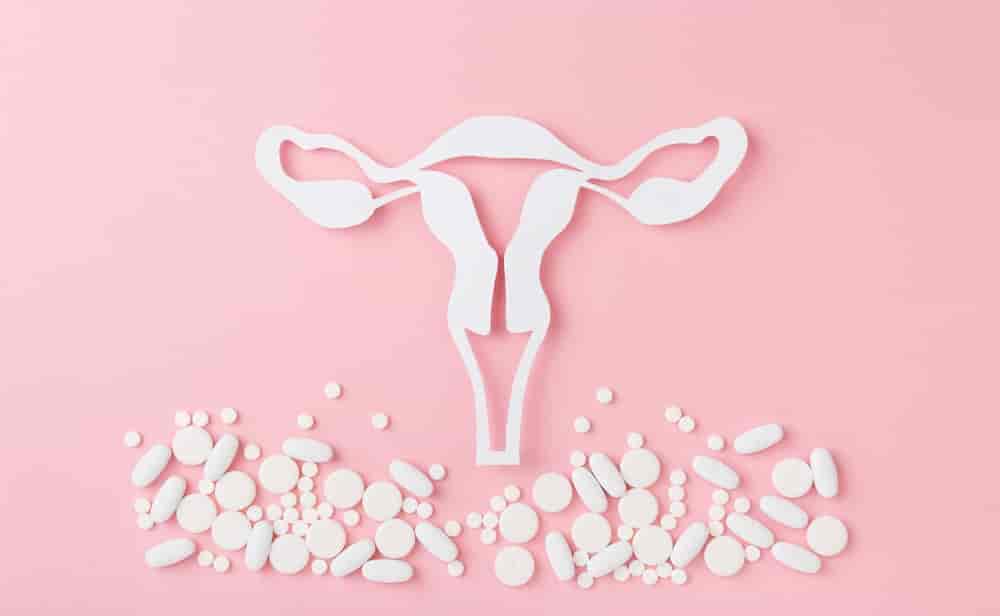Tubal Reversal Surgery: 15 Brutal Risks and Complications

Tubal reversal surgery is opted for by women who wish to conceive but have undergone tubal ligation surgery. Through the surgery, the already cut fallopian tubes are reconnected so as to promote the possibility of natural conception.
If you’ve undergone tubal ligation, your doctor likely discussed what insurance covers tubal reversal. While not all women can undergo this surgery for various reasons, eligible candidates should be aware of potential risks and complications that are often overlooked.
The Complications In A Tubal Reversal Surgery
The benefits of a tubal reversal surgery can be rewarding, but it also can lead to significant complications. Though the surgery is completely safe, it is recommended that you must know the potential side effects and complications of the surgery. Here are a few common ones that you must know about:

- Infection
- This is only possible if you are not taking care of your hygiene. If not taken care of, the incision wound or the pelvic area might incur an infection.
- Bleeding
- Though the team manages it, excessive bleeding during or after the surgery can cause severe complications.
- Scar tissue formation
- Just like the incision wound, this is a major effect too. Scar tissues can form in the pelvic area that can potentially cause pain or hinder the functioning of the reproductive organs.
- Ectopic pregnancy
- The pregnancy, where a fertilized egg implants outside the uterus (usually in the fallopian tube), slightly increases after tubal reversal surgery. This is called an ectopic pregnancy, and it can be a medical emergency that might require immediate attention.
- Anesthesia-related complications
- General anesthesia carries inherent risks, including allergic reactions and adverse effects on the respiratory and cardiovascular systems.
- Tubal blockage or failure
- It doesn’t always happen, but in some cases, despite a successful tubal reversal, the fallopian tubes may get blocked again due to scarring or other issues, reducing the chances of conception.
- Fertility issues
- Even though your tubal reversal surgery was successful, there are chances that you may still experience fertility challenges due to other underlying factors, such as ovulation disorders or male infertility issues.
Side Effects of a Tubal Reversal
The tubal reversal procedure requires many precautions. The recovery process after tubal reversal is crucial, but some individuals have reported minor side effects even with diligent care and a successful operation. It is recommended to consult your doctor if any of these are experienced:

Swelling and bruising
When an incision is made, the area remains swollen because of the sudden change.
However, if the swelling or bruising does not subside within a while, you should see your doctor immediately.
Fatigue
While being operated on, you are given general anesthesia, which numbs or puts you to sleep, depending on the dosage.
This is why fatigue becomes another side effect, as the anesthesia and procedure can tire you out. Hence, proper rest and care are recommended for quicker recovery.
Nausea
It is a common side effect of general anesthesia and not the surgery itself that the patient may experience mildly nauseatic.
It usually subsides with proper rest, but if you feel a lot of discomfort due to it, then you may ask your doctor to prescribe some medication.
Wound healing issues
Often the incision wound takes time to heal, which causes great pain, but in some instances, when it is harbored with infection, it may take even longer to heal.
Proper wound care and following the surgeon’s instructions can help minimize this risk.
Bowel and bladder changes
The surgery works explicitly in the pelvic area, which can cause temporary changes in bowel or bladder function, such as constipation or increased frequency of urination.
These issues usually resolve independently, but you should consult your doctor immediately if they don’t.
Tubal Reversal Surgery: The Hovering Risks
Like any other surgical procedure, tubal reversal surgery carries significant risks that could hinder your conception process and affect your reproductive organs. Here, the importance of choosing the right surgeon for tubal reversal cannot be overstated, as this can minimize risks. While the chances of complications are generally low, understanding this surgery’s pros and cons is crucial.

Damage to surrounding structures
- While it is uncommon, the risk of other organs being damaged hovers during the surgery.
- The surgery might cause damage to nearby organs or structures like blood vessels, intestines, or the bladder.
- It is vital to get the surgery done by an experienced surgeon to avoid such risks.
Recurrence of tubal blockage
- Even though the surgery is performed successfully, there are chances that the fallopian tubes may get blocked again.
- It can occur for multiple reasons, scarring being one of them, causing inhibition in the conception process.
No guarantee of pregnancy
- The whole point of going through the surgery is to become fertile again so that you can conceive, but the surgery does not guarantee a pregnancy.
- The chances of getting pregnant depend on various factors, including the woman’s age, the type of tubal ligation initially performed, the health of the remaining fallopian tube segments, and other personal factors.
The Bottom Line
As with any medical procedure, the benefits of tubal reversal surgery should be weighed against the potential risks and side effects. Discussing your circumstances with a qualified reproductive surgeon can help you determine the best approach for your fertility goals.
What is the most common complication of reversing tubal ligation?
The main risk of tubal ligation reversal is the increased chance of an ectopic (tubal) pregnancy. The chance of ectopic pregnancy after tubal reversal ranges from 10-15%.
Is it hard to get pregnant after tubal reversal?
Being able to conceive depends on various factors, age being one of them. For women under age 40, the success rate of a tubal reversal ranges from 40-80%, depending on the type of tubal ligation used. After age 40, the success rate for a tubal reversal drops to 25%.
What to expect after tubal reversal surgery?
If your tubal ligation was done as an outpatient, you will almost certainly have less pain with tubal reversal. Most patients are pretty much back to normal after two days. Some people rest up for a week. You are not to do strenuous activity for 3 weeks; light exercise is fine as soon as you feel like it.

